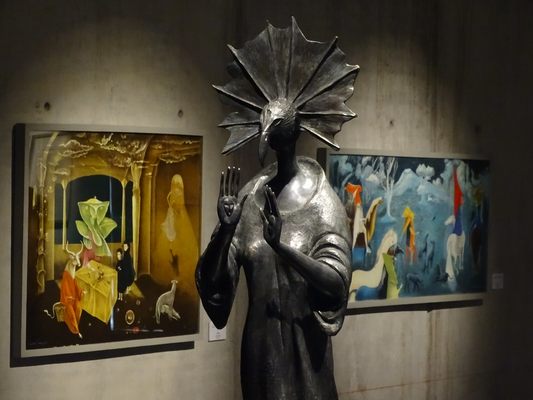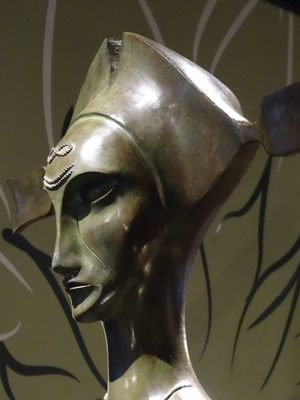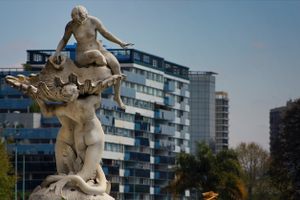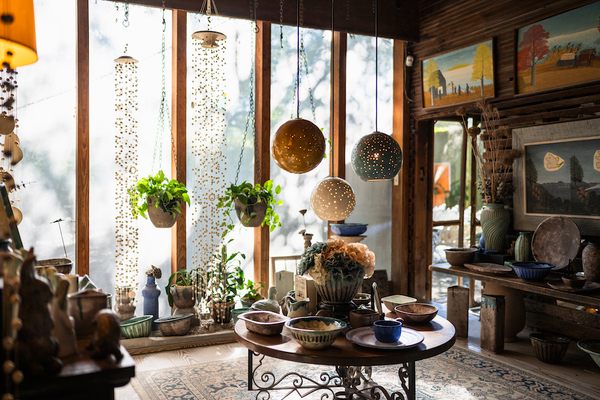About
The museum galleries are haunted by a veritable menagerie of bronze sculptures both small and enormous that portray strange and nightmarish phantasmagoric entities that look like they could belong in the Guillermo Del Toro movie Pan's Labyrinth. However, these eerie gothic masterpieces are the artistic legacy of Leonora Carrington, one of the most prolific artists in Surrealism whose work is little-known outside of Mexico.
Leonora Carrington was born in 1917 in Lancashire, and was the daughter of a wealthy local industrialist. As a child, she had a rebellious nature that cared little for the conventions and rules of middle-class Edwardian society. Leonora’s passion for art as a means of self-expression was also evident from an early age.
Despite the efforts of her father and a host of school governesses to change her rebellious ways, Carrington continued to be drawn to the world of art as she grew older. She was especially drawn to the artistic movement that was sweeping across 1930s Europe: Surrealism.
Carrington became a painter and her work was soon being exhibited at shows as far away as New York. However, it was her encounter with the famous German surrealist painter Max Ernst that changed her life. After a meeting at the International Surrealist Exhibition of London in 1937, the two soon became lovers.
Ernst, who had been classed as a "degenerate artist" by the Nazis was detained by German forces at the outbreak of World War II. He managed to escape and fled to the United States, but he left Carrington behind. She decided to go to Spain to escape before returning to England. The escape from France took a psychological toll on Carrington. She suffered a mental breakdown and was sent to an asylum. After being released into the care of a nurse, Carrington relocated to Lisbon, where she escaped said nurse and took sanctuary in the Mexican embassy. There, she met Mexican ambassador and writer, Renato Leduc, a friend of Pablo Picasso. The two arranged a marriage of convenience, which allowed Carrington to travel to Mexico where she received immunity as a diplomat’s wife. She would spend the next years of her life creating art and splitting her time between New York and Mexico. In 2011, Carrington died from complications resulting from pneumonia at 94 years old.
The setting of this brilliant new museum in the town of Xilitla is a rather fitting one as fellow British exile Edward James lived in the town and remained a dear friend of Carrington and a fierce champion of her work.
Related Tags
Know Before You Go
The Leonora Carrington museum is open from Tuesday to Thursday from 11 a.m. to 5 p.m. and from Friday to Sunday from 11 a.m. to 6 p.m.
The entrance fee to the museum costs $40 pesos.
Yucatan: Astronomy, Pyramids & Mayan Legends
Mayan legends, ancient craters, lost cities, and stunning constellations.
Book NowPublished
October 26, 2021
































